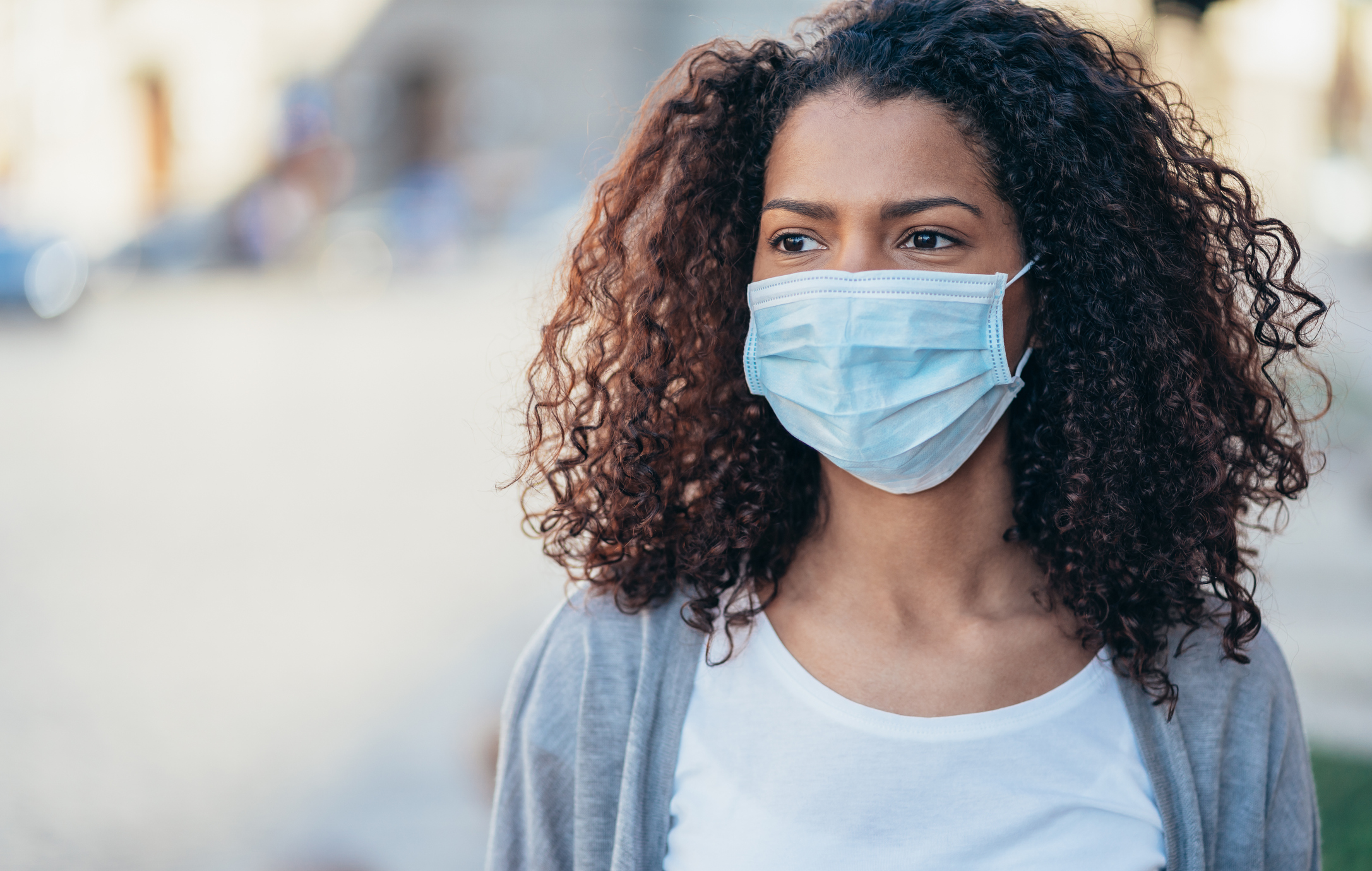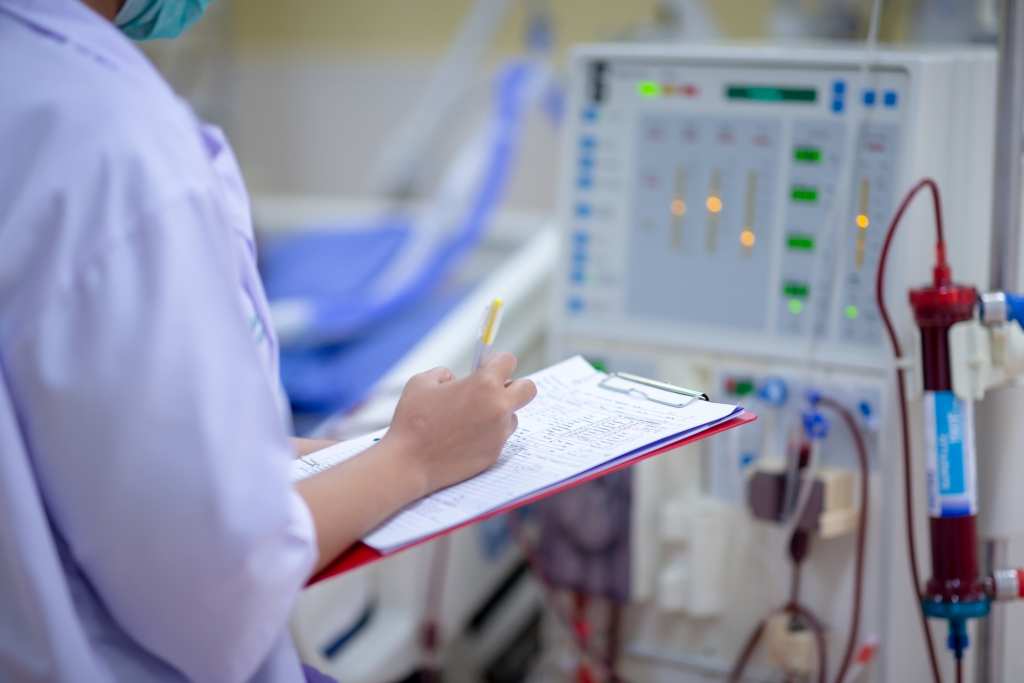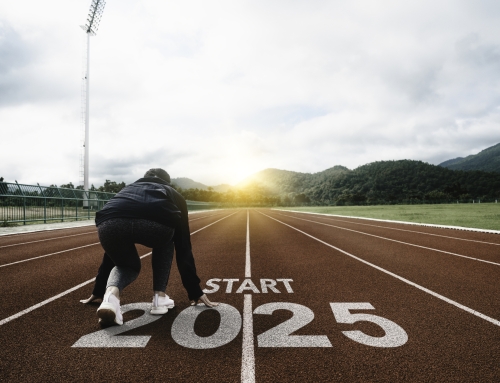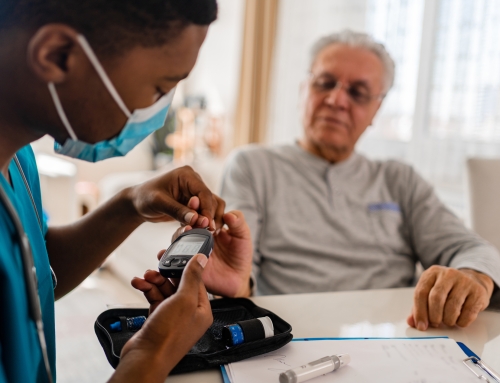By Alan S. Kliger, MD
The COVID-19 pandemic has changed life for virtually everyone on the planet. For most of this year, we have all gone through many troubling emotions: fear, disbelief, anxiety, anger, mistrust, cynicism. We also have learned so much, and have looked to the future for trust, hope, anticipation, and most of all the ability to get on with life beyond face masks, social distancing, closed schools and closed businesses, and to a time we don’t have to worry every time someone walks toward us: might they be the one who infects me.
In the midst of such upheaval, people with chronic kidney disease, including those who receive dialysis treatment or who have a kidney transplant, have experienced particular challenges that others don’t have to worry about. Here are some of the things we have learned about those particular challenges:
- People with kidney disease are at higher risk of complications or even death if they contract SARS CoV-2, the virus that causes COVID-19.
- People of color appear to be at higher risk of complications should they acquire this infection. Since people of color are also more likely to have kidney disease, this is a particularly vulnerable population.
- In-center dialysis patients cannot shelter at home during an outbreak—they must come for their dialysis treatments to a dialysis facility three times a week or more. To prevent the spread of virus, dialysis units must follow strict procedures with facemasks, hand washing and staff procedures to keep the environment free of virus.
- Transplant patients—who take medicines to prevent rejection—have suppressed immune systems and are at higher risk of infections and their complications.
- When dialysis patients return to the facility after a hospitalization for COVID-19, they sometimes have persistent positive PCR tests for the virus. This likely represents a very sensitive test detecting viral particles long after infection is over and after there is any real chance of them spreading infection. Nonetheless, this is a challenge for the dialysis facility that wants to assure that no patients in a facility have infections that may spread.
- Home dialysis patients, either home hemo- or home peritoneal dialysis patients, have the advantage of both sheltering at home and receiving dialysis treatments, thus reducing their risk of acquiring the viral infection. For some, this may be an inducement to switch from in-center to home treatment.
It is important to look back at how so many things changed during this year, and to recognize that science is not a collection of facts, but rather is a dynamic process where new evidence and new findings from rigorous testing of hypotheses, result in changing recommendations. For example, the Centers for Disease Control and Prevention (CDC) first recommended that individuals who had no symptoms of infection and were not caring for or near those with infection, need not use face masks. This advice was based on the evidence of other coronaviruses we have seen in our community over the years. In those previous infections, infection spread occurred mostly from people with symptoms of infection. As we learned more about this particular coronavirus, the SARS CoV-2 virus, we saw that approximately 25 percent of infected people have no symptoms or only mild symptoms of infection, and another 25 percent of those infected can spread the infection for days before they develop any symptoms at all. Thus, it became clear that many people spread this infection when they have absolutely no symptoms of illness. This new information caused the scientists at CDC to change their guidance—and advised that all of us should use face coverings when we are indoors with people beyond our household members, or outdoors when social distancing is impossible, or large groups of people moving about bring us in closer range of one another. This is not “confusion” among the “so-called experts,” but rather is good science changing recommendations when new data changes our understanding of what is happening.
Another example is the hydroxychloroquine story. Hydroxychloroquine is a drug that has been effective for many years in treating malaria, rheumatoid arthritis and lupus erythematosus. These diseases are “approved uses” of this drug, because there is good evidence that has been published showing the effectiveness of the medication far outweighs the potential side effects for most patients. Doctors also have used hydroxychloroquine for several diseases that are not on this approved list, including sarcoidosis, dermatomyositis, porphyria cutanea tarda, and Sjogren syndrome. For these diseases, there are some reports of patients who benefit from hydroxychloroquine treatment, but there is not the solid evidence that treatment is safe and effective as there is for the approved uses. These are called “off-label” uses of the drug. When COVID-19 first appeared, there were some individual case reports of patients who appeared to do well after treatment with hydroxychloroquine. With no other evidence available, many doctors used this medicine as an “off-label” treatment for COVID-19, hoping it would be as helpful as it appeared to be for the very small numbers of patients reported in those first case reports. But in addition, doctors wanted clearer evidence that the drug was effective and safe for COVID-19 patients, and so several human studies were started to test the effectiveness and safety of hydroxychloroquine for COVID-19. The results of those studies were clear: hydroxychloroquine does not improve the condition of patients with COVID-19. Furthermore, there may be a signal that the drug has some harmful side effects in a small number of treated patients. Thus, doctors understanding and respecting the science stopped using this drug for COVID-19 and warned that some patients may even suffer negative side effects if it is used. When good science is used, best practice changes. This is not “mixed signals,” or “waffling,” but rather changing practice to protect patients as more information is obtained, changing and improving clinical practice.
We continue to learn about this infection, sometimes with new insights that change our practice, and sometimes with more questions than answers. For example, as COVID-19 has spread across the country, with new “hot spots” developing and then declining, others developing and staying “hot,” and yet others flaring up again after the disease had run its course, the reasons for these differences are not clear. Many have hypotheses about these differences: early openings of businesses and schools, lack of appropriate social distancing and face covering by a weary populace anxious for life to return toward normal. In some cases, the evidence supports these hypotheses; in other cases there is no clear cause/effect explanation. We often must make public policy and treatment decisions based on imperfect evidence—but in any case, must make the best choices we can. Science is not a perfect set of facts. Science is a process—a way of evaluating what we see, what we experience, and testing ways to improve outcomes.
So where are we now in this pandemic? What are the important lessons for people with kidney disease? Here are some of my thoughts—not facts, but my thoughts based on the evidence I have seen so far:
- I think we have a long way to go. Life will not return to “normal” until most of us are protected from this infection, either with natural immunity after we’ve had COVID-19, or after immunization with an effective vaccine. Even so there will be challenges. People may choose to forego immunization. The virus may mutate, requiring re-vaccination at intervals, perhaps like the influenza (“flu”) immunizations we all are offered every year. We also don’t yet know how much protection there is against re-infection once someone gets COVID-19 and recovers.
Social distancing, use of face coverings, frequent hand cleaning will be with us for a long time. For now, we should all recognize this as our new “normal.” Here again, science will help: in places where there has been little viral spread, we can loosen these restrictions carefully—but be prepared to re-institute them when evidence shows these areas are again increasing infection and spread.
- Kidney patients will remain a particularly vulnerable group. Kidney patients, their families and caretakers must remain vigilant taking steps to avoid exposure to infection and taking steps to stay as healthy as possible to fight the infection should it occur.
- These many lifestyle changes have a profound effect on our mental health and on our ability to deal with other stress. It sometimes seems that everything has changed, when we cannot hug our children or parents who are not household contacts, or when so much of our lives is spent within the four walls of our homes, or when there are no open baseball stadiums, no movie theaters or concert halls to share beautiful performances, no church, mosque or synagogue services to share in person, no neighborhood barbeques. Also, uncertainty makes life so difficult. When can my business be the way it was, or go back to work full-time, and until then how can I pay my bills? Will schools be able to teach all the children in person again, and when? When can we stop worrying and have some time to enjoy life?
Finally, this year has shown us how resilient kidney patients and their caretakers have been. Here are some encouraging facts:
- Most kidney patients who contract COVID-19 survive the illness with few ill effects.
- Spread of infection within dialysis facilities now is very rare. After some reports of virus spread between staff and patients in European dialysis facilities early in the pandemic, aggressive management with patient screening, isolation of infected individuals or those patients under investigation for infection, and strict mask use, staff use of personal protective equipment and environmental cleaning procedures, there have been few or no reports of virus spread within US dialysis facilities.
- Mental health resources are available for kidney patients suffering the stress and complications of this awful pandemic. The American Society of Nephrology has a list online of those resources, as do the dialysis chain organizations.
- Several SARS CoV-2 vaccines are in development and may be widely available as soon as 2021.
- Most kidney transplant programs are back operating at full-strength.
- Home dialysis is a safe and effective treatment choice in a pandemic, and patients have been taking advantage of that alternative.
Stay safe. Use face coverings where needed, and social distance as a way of life. Stay tuned to the science, as our practice continues to change and improve as we learn more about this virus disease.
Alan S. Kliger, MD is Clinical Professor of Medicine, Yale School of Medicine, and Co-Chair, American Society of Nephrology (ASN) COVID-19 Response Team.





